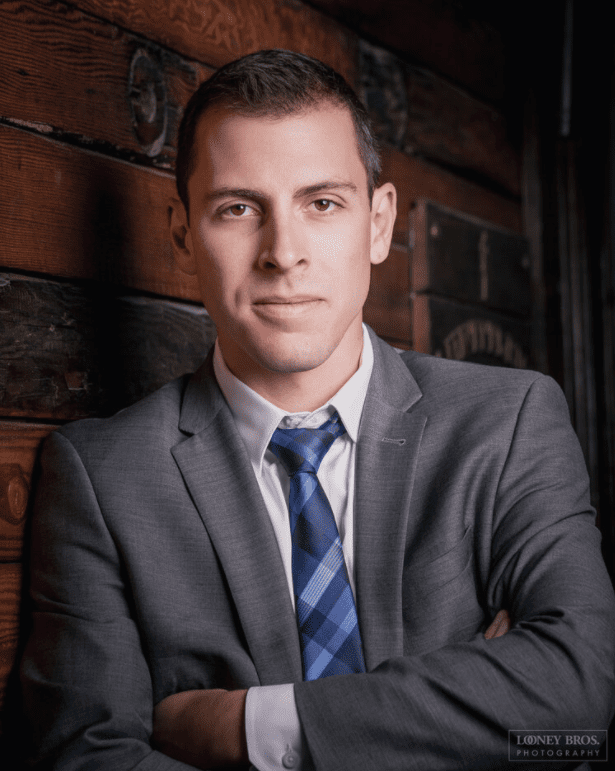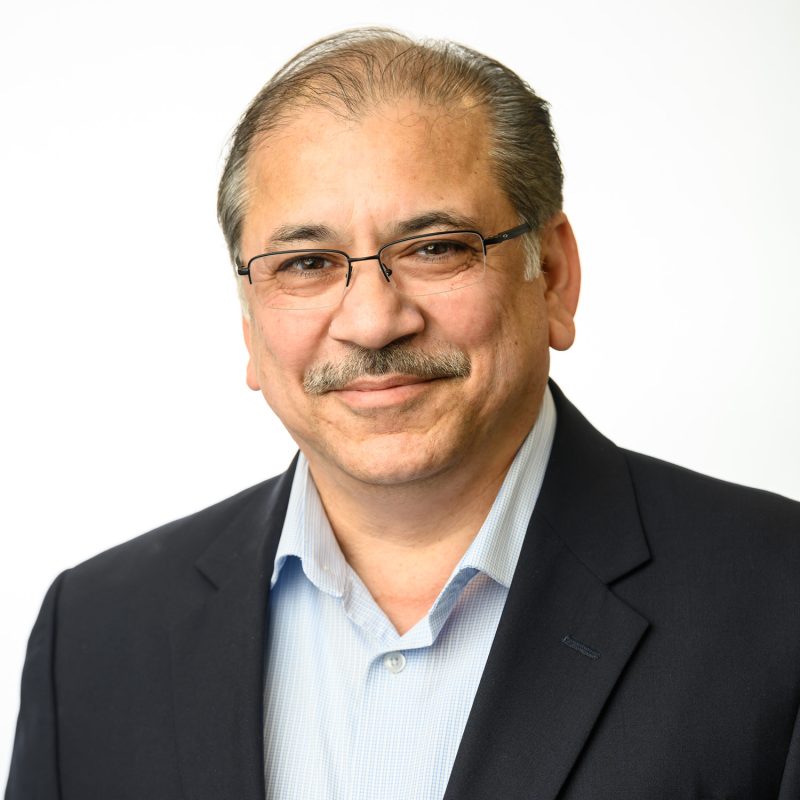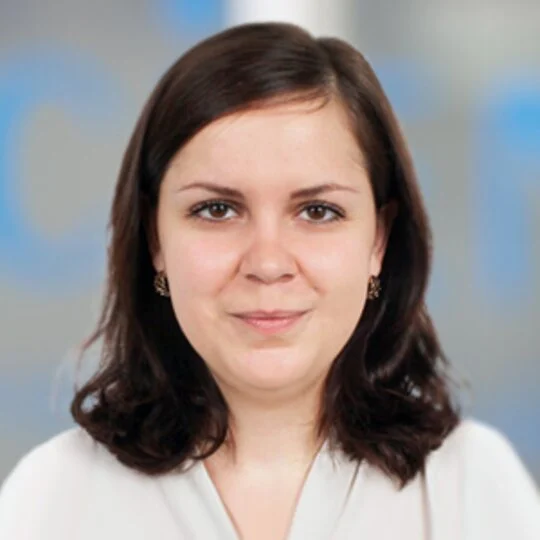By: Samuel Larrivée, MD, MSc, FRCSC
Module-Based Simulation Training for Arthroscopic Surgery: It’s no secret that complex arthroscopic procedures can be difficult to teach to residents and experienced doctors alike.
COVID-19 has limited the availability of intraoperative learning and cadaver lab training opportunities, and the need for alternative learning has never been greater.
Recently, I was part of a team from the University of Manitoba and the Pan Am Clinic that conducted research around module-based arthroscopic simulation training. Our goal was to compare the effectiveness of module-based simulation learning against traditional learning as a means of acquiring technical skills for arthroscopic surgeries.
This research highlighted the importance of objective simulation metrics and led us to confidently integrate simulation into the residency program.
View video here.
Methodology of the Pan Am Clinic simulated training research
Before presenting my thoughts on the findings, it will be helpful to share the methodology we used for this research.
To start, our team recruited 30 health sciences students with no previous arthroscopy experience. These participants were randomly placed into one of three groups – a module-based group, a traditional learning group, or a control group. Following a short video and demonstration on knee arthroscopy, these three groups were asked to attempt simulated arthroscopic knee surgery (diagnostic arthroscopy with partial medial and lateral meniscectomy) to establish a baseline for a later assessment.
In both assessments, the groups were tested on objective measures generated by the surgical simulator – in this case, the VirtaMed ArthoS™ simulator – which included scores on procedure time, camera path length, and overall safety. Additionally, their performance was ranked along with two subjective ratings scales: the Objective Assessment of Arthroscopic Skill (OAAS) form and the Competency-Based Assessment form.
Over the course of four weeks, participants in the module-based group were required to independently practice on the ArthoS simulator for two hours per week at minimum. Traditional learning group participants received one-on-one coaching from a senior orthopedic resident for 15 minutes per week while working with the ArthroS simulator, whereas the control group received no additional training.
At four weeks, each group was retested and compared against their baseline skills assessment. Both the module-based and traditional learning groups saw significant improvements upon their baseline scores, while the control group showed no significant improvement over the original assessments.
The results validated the hypothesis that self-training with a module-based simulated learning program can improve essential learning skills. In addition, it provided me and my team with insight into how simulation training can offer added value in a modern surgical learning environment.
Virtual simulation addresses many of the limiting factors in training environments
Conventional training of complex medical skills tends to require resources that can be difficult to secure. Cadaver labs, while helpful for skills training, have limits to how often they can be utilized. And time is perhaps the most precious resource in a learning environment – for students and educators alike. A skilled surgeon can perform an arthroscopic meniscectomy in a matter of minutes, but the time spent performing this surgery increases exponentially when walking through the procedure with a resident.
In contrast, simulated learning offers students and residents a chance to practice skills at their own pace. Module-based training allowed our participants to spend as much time as needed on certain learning modules before moving on to the next one. In practice, this can ultimately help alleviate the stress around training and lift some of the burden off surgeons during skills demonstrations.
Simulated training provides a valuable complement to traditional learning
While module-based learning allows training without the need for traditional resources like cadavers or intraoperative teaching, that is not to say it is a replacement to the traditional intraoperative learning environment. Rather, simulation-based training offers a steppingstone from the classroom to the operating room and an important complement to the skills and coaching of an experienced surgeon.
The two hours of weekly training on the ArthroS system helped our module-based participant group better understand arthroscopic operations and develop a greater familiarity with the instruments used in these complex procedures. When self-directed module-based training is done in conjunction to surgical walkthroughs with a more experienced surgeon, the surgeon can provide more prescriptive feedback without spending as much time focused on the basics.
Retention through repetition adds value
Though simulated training has long been available for doctors and residents, the quantity and quality of research on simulation training has been limited to date. Through our research, my team hoped to validate or challenge the assumption that simulated training provides added value in the education of essential arthroscopic skills.
Participants in the module-based group trained on the ArthroS simulator for an average of 113 minutes per week, compared to 24 minutes per week for the traditional learning group and 0 minutes for the control group. Results of the assessment showed a stark difference in score differentials between the module-based group and the control group, with participants who used self-learning modules receiving vastly higher scores for skills such as procedure time, camera path length, and total score.
What’s more, simulation training provided the opportunity for residents to go back and learn from errors or missteps. Many simulators can record procedures as they are happening, allowing attendings or coordinators to watch how the case was performed and provide additional feedback.
Following this study, the Pan Am Clinic residency program has made arthroscopic simulation training on the ArthroS simulator a requirement in its curriculum. In my experience, most residents tend to end up with a similar, quality skillset by the end of their residency; however, those who get there faster and easier are typically taking the time to train with a simulator and objectively track their progress with the simulation metrics. As simulation continues to become more common within our practice, these simulation training modules will offer a strong complement to the traditional learning method and will help residents grow more confident in their arthroscopic skillset.
About our author: Dr. Samuel Larrivée is a Clinical Fellow of Sports Orthopedic Medicine at the University of Toronto. For more information on medical simulation training visit here.




